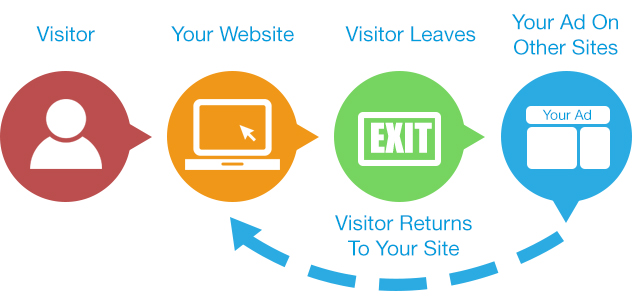We see remarketing all the time, but particularly around the holidays. While the idea has always remained the same—follow users search history to offer relevant ads to a target audience—best practices have changed. As mobile becomes crucial to the online marketing scene, more and more people start to turn to social media for search, reviews and recommendations become more important, and more, the way you think about remarketing needs to also evolve. Fortunately, it’s not too difficult to alter your current strategy (or get started altogether) once you know what where to begin.
6 SEO Best Practices Crucial to a Successful Remarketing Strategy
If you need help with a remarketing strategy entirely or need help understanding how it works visit here, but in the meantime we’ve compiled a list of some of the latest best practices for remarketing along with some of the basics in the list below.
Some Classic Best Practices
Limit your impression frequency.
This is probably the number one thing you think about when you hear the term remarketing. By putting a frequency cap on your campaign you help to make sure that people are not seeing your ads too often or not enough. If you don’t get this right you run the risk of being annoying (your worst-case scenario), or not making a big enough impression on viewers. In general, a good rule of thumb is to run about 20 ads per month.
Segment your audience.
While segmenting your audience in terms of demographics or location might be great for your business, a really good way to segment in remarketing is to think about your sales funnel. If people have already researched something specific, change your ads and your content to fit. For example, someone who searched for “best bikes for beginners” vs. “downhill women’s mountain bike” are going to benefit from customized ads.
Create remarketing lists based on Google Analytics.
Believe it or not, many businesses are still using AdWords and ignoring Google Analytics when it comes to remarketing. Although AdWords is where you create your campaigns, connecting this with your data is crucial to success. As of 2012 Google created something called Remarketing Lists that allow you to create lists based on metrics that you wouldn’t have just using AdWords.
As you can imagine, how you want to use this data and this connection is up to you and the possibilities are endless. Visit duration is usually a good place to start, so consider creating a filter for those who stay on your site for longer than 3 minutes and go from there.
Do not remarket someone who has already converted.
This is also sometimes referred to as “burning,” where you remove those who have already converted from your remarketing campaign. It can also include those who have not converted within 30 days of seeing your ads.
A Few New Best Practices
Customize based on the network and medium.
As discussed earlier, people are starting to shop on different networks and different mediums much more now than before. Mobile search is going to be the most noticeable change in remarketing. This means people are on smaller screens and they’re shopping on the go, so the content you want to include in your ads, therefore, should be different for mobile users and desktop users. You want to emphasize that someone is on the go, so any kind of pop-up is out, and any product that takes a lot of research is probably not worth retargeting for these users.
Social media is another huge area where remarketing works great, and for this you’ll have to go to the actual social network where you want to retarget. Take a look at your Facebook numbers, for example, and see where people are clicking and what posts are getting the most attention. You can learn more about social media remarketing here.
Uncheck the Conservative Targeting Option button.
This one is definitely tricky. When you setup a remarketing campaign, Google will set a default setting called Conservative Targeting that means they will serve your ads to users who may have never been to your site at all. Technically this is not remarketing, and although the users may be similar, you’re never sure what you’re paying for. For this reason, it’s usually a good idea to uncheck this button, which you’ll see under “Targeting Optimization” when you go to publish your ad.
Getting advanced and really mastering remarketing can be a big task, so I recommend checking out our services to learn more as well as to learn a little bit about how to put these practices in action. Once you get started and give it a try, let us know about your experience in the comment section below. Do you think there is anything we should add to the list?
Photo Credit: PCGDigitalMarketing.com
